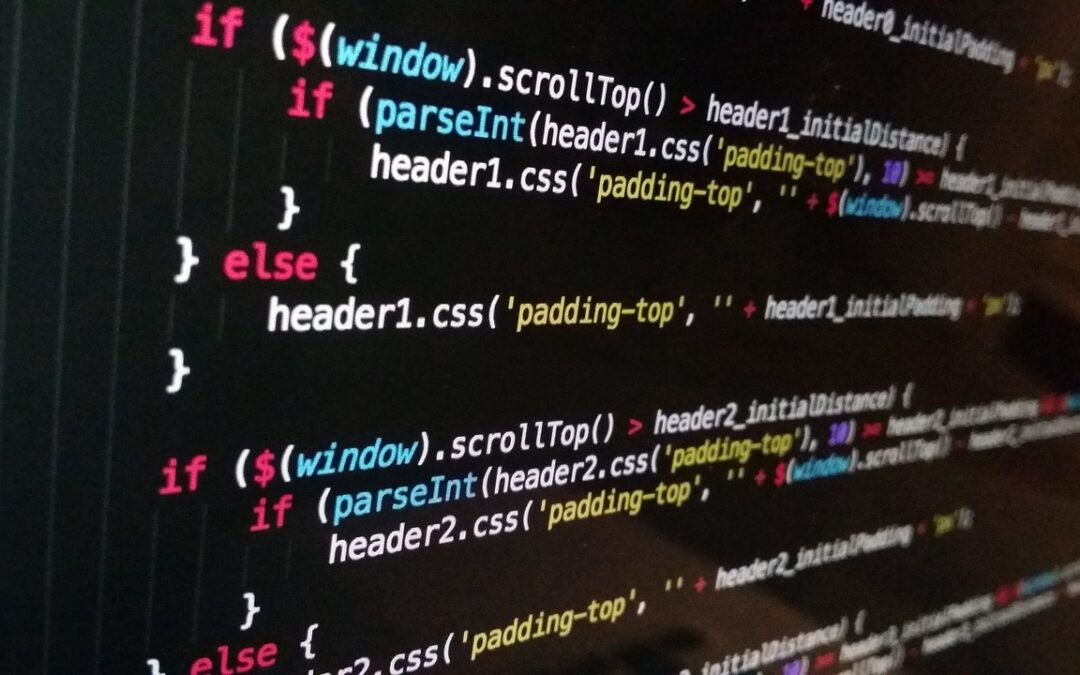Padding and margin are the most commonly used CSS properties for spacing out content on a page when editing a website. These terms may be perplexing to newcomers. Furthermore, if used incorrectly, they can result in a cluttered web design.
The major distinction between CSS padding and margin is that padding refers to the space between an element’s content and its border (inside the element itself), whereas margin refers to the space around an element’s border.
As a result, this article will go over the differences between padding and margin, when to use them, and how to utilise them in CSS.
Margin
It’s the area around an object. Margins are used to move elements up and down, as well as left and right, on a page. The margin has no background colour and is fully transparent. It removes the clutter from the region around the element. You can modify the margin size on each side of the element separately. The margin creates the distance by pushing adjacent items away.
Padding
It’s the distance between an element and the content it contains. It determines the appearance and placement of items within a container. It also displays the backdrop of the container surrounding the element. Background colours might alter padding since it clears the area surrounding the content. It either increases the element size or decreases the content inside to generate the gap. The element’s size rises by default.
What’s the difference
Padding is a CSS attribute that only affects bordered components. It generates the space between an element’s border and its content. Padding didnt have effects on elements that don’t have borders, so keep that in mind.
The space outside of the borders of elements is known as the margin. Margins, unlike padding, can influence an element regardless about whether or not it have borders.
Another difference is that while the background colour of padding and borders can be modified, margins are transparent, allowing the website’s theme background colour to show through.
When to use margin
Margin is widely used by web designers to create space between objects on a page, such as a photo and the words that describe it. It can increase or decrease the amount of spacing between objects. Margin overlap elements are not allowed to touch each other. Margin move an element up, down, or side to side in an area to centre it horizontally. Negative and positive numbers can be used to change margins to produce more or less space.
When to use padding
If you want to create space within a box or element, padding is an useful tool. It prevents content from hitting the container’s edges. Although padding allows elements to touch or overlap, it does not allow text to do so.
Aside from that, it enlarges an item, such as a button, but not the text within it. The element within the box fills more space within those bounds when the padding values are increased.
Conclusion
Now that you fully understand the difference between the CSS margin and padding properties, you’ll be able to make better design decisions for your website.
